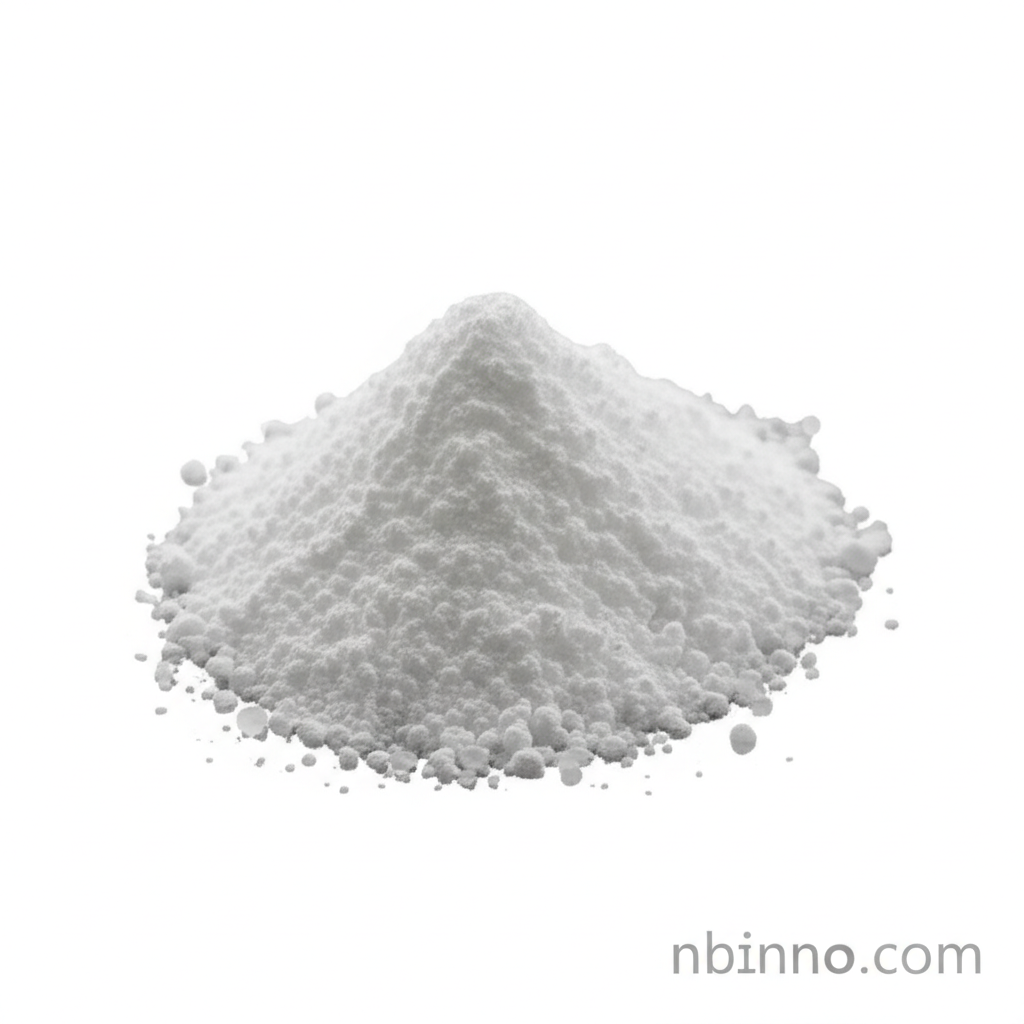4-(Trifluoromethyl)-1,3-dioxolan-2-one: A Versatile Fine Chemical for Diverse Applications
Discover the comprehensive applications and synthesis of this key fluorinated compound.
Get a Quote & SampleProduct Core Value

4-(Trifluoromethyl)-1,3-dioxolan-2-one
This chemical compound, known for its unique trifluoromethyl group, serves as a critical intermediate in various industries, offering enhanced stability and reactivity for complex chemical synthesis and advanced material development.
- Leverage its utility as a building block for complex organic synthesis, facilitating the creation of novel molecules.
- Explore its potential in pharmaceutical applications, acting as a key intermediate for drug discovery and development.
- Enhance material science applications by incorporating this compound to improve polymer properties and performance.
- Investigate its role in advanced battery electrolyte formulations, offering superior electrochemical stability.
Advantages Provided by the Product
Chemical Synthesis Versatility
As a trifluoromethylated organic building block, it readily undergoes reactions like oxidation and reduction, enabling the introduction of diverse functional groups for intricate molecular architectures.
Enhanced Stability
The electron-withdrawing trifluoromethyl group significantly enhances the compound's electrochemical stability and thermal resistance, making it ideal for demanding applications such as battery electrolyte components.
Broad Industrial Applicability
Its unique properties make it valuable in material science for improving polymer performance and in agrochemical production for developing more effective and stable products.
Key Applications
Chemical Synthesis
Utilize this compound as a fine chemical building block in complex organic synthesis projects, facilitating the creation of advanced molecules.
Pharmaceuticals
As a pharmaceutical intermediate, it plays a role in the development of new drugs, particularly those requiring fluorinated moieties for enhanced efficacy.
Material Science
Incorporate this compound to create high-performance materials, leveraging its contribution to enhanced durability and resistance in various applications.
Battery Electrolytes
Its high-voltage stability makes it a crucial component for next-generation lithium-ion batteries, contributing to improved energy storage solutions.
